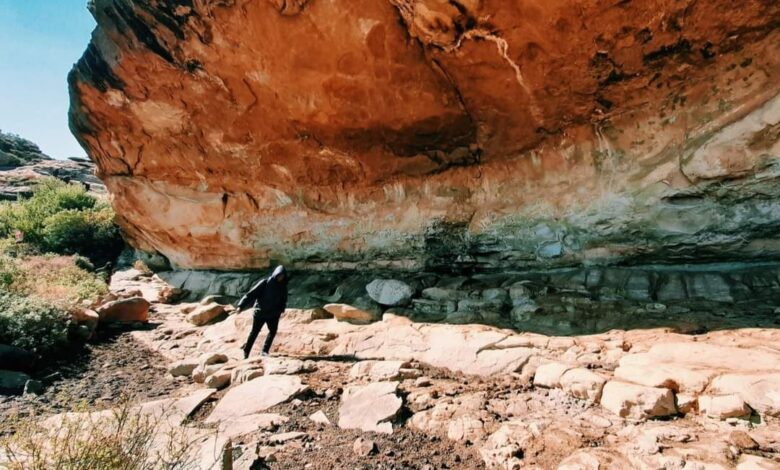Lesotho’s Famous Monuments

Lesotho, a picturesque kingdom nestled in the heart of Southern Africa, is home to a rich tapestry of history and culture. Among its many treasures are several notable monuments that reflect the country’s heritage and significance. Here’s a look at some of Lesotho’s most famous monuments, each telling a unique story of the nation’s past and identity.
1. Thaba-Bosiu
Thaba-Bosiu, meaning “Mountain of the Night,” is a prominent historical and cultural landmark in Lesotho. This flat-topped mountain was the fortress of the Basotho people and served as the stronghold of King Moshoeshoe I, the founder of the Basotho nation. It is a symbol of Basotho resistance and unity, having withstood numerous attacks by rival tribes and colonial forces. Today, Thaba-Bosiu is a national monument and a site of historical significance, offering visitors insight into Lesotho’s rich history and heritage.
2. Moshoeshoe I Memorial
Located in the capital city of Maseru, the Moshoeshoe I Memorial commemorates the life and legacy of King Moshoeshoe I. This monument honors the founder of the Basotho nation, who played a crucial role in uniting the various clans and establishing Lesotho as a sovereign kingdom. The memorial features a statue of the king, alongside historical information and artifacts that highlight his contributions to the nation.
3. The King’s Palace
The King’s Palace, or “Matsieng,” is an important cultural site located near Maseru. It serves as the official residence of the King of Lesotho and is a symbol of the monarchy’s enduring legacy. The palace is not only a residence but also a center for traditional ceremonies and cultural events. Visitors can explore the grounds and learn about the role of the monarchy in Lesotho’s history and contemporary society.
4. Morija Museum and Archives
Morija Museum and Archives, established in the town of Morija, is a treasure trove of Lesotho’s cultural and historical heritage. The museum houses a vast collection of artifacts, documents, and exhibits that chronicle the history, art, and traditions of the Basotho people. The museum’s archives include early missionary records, traditional crafts, and historical photographs, making it a valuable resource for understanding Lesotho’s past.
5. The Lesotho Highlands Water Project
The Lesotho Highlands Water Project, while not a traditional monument, is a monumental engineering achievement that has significantly impacted Lesotho’s economy and infrastructure. The project involves a series of dams, tunnels, and pipelines designed to transfer water from the Lesotho Highlands to South Africa. It represents the country’s technological prowess and the importance of regional cooperation in managing shared resources.
6. Kobo Leng Mountain
Kobo Leng Mountain, located in the northern part of Lesotho, is a site of cultural and spiritual significance. It is associated with various Basotho legends and traditional beliefs. The mountain is often visited by locals for its spiritual and cultural importance, and it offers stunning views of the surrounding landscape.
7. Liphofung Cave
Liphofung Cave, situated in the foothills of the Maloti Mountains, is an important archaeological and historical site. The cave contains ancient rock art and artifacts that provide insight into the lives and beliefs of the early inhabitants of Lesotho. The rock paintings, created by the San people, depict scenes of daily life, animals, and spiritual rituals, making it a valuable heritage site.
8. The National Library of Lesotho
The National Library of Lesotho, located in Maseru, serves as a repository of the nation’s written and cultural heritage. It holds a vast collection of books, manuscripts, and documents related to Lesotho’s history, literature, and culture. The library plays a crucial role in preserving and promoting the country’s intellectual and cultural assets.
These monuments and sites offer a glimpse into Lesotho’s rich history, culture, and achievements. From ancient fortresses to modern engineering feats, each monument tells a story of the nation’s journey through time, reflecting its heritage and the enduring spirit of its people.
Join 'Lesotho News' WhatsApp Channel
Get breaking Lesotho news — delivered directly to your WhatsApp.
CLICK HERE TO JOIN



